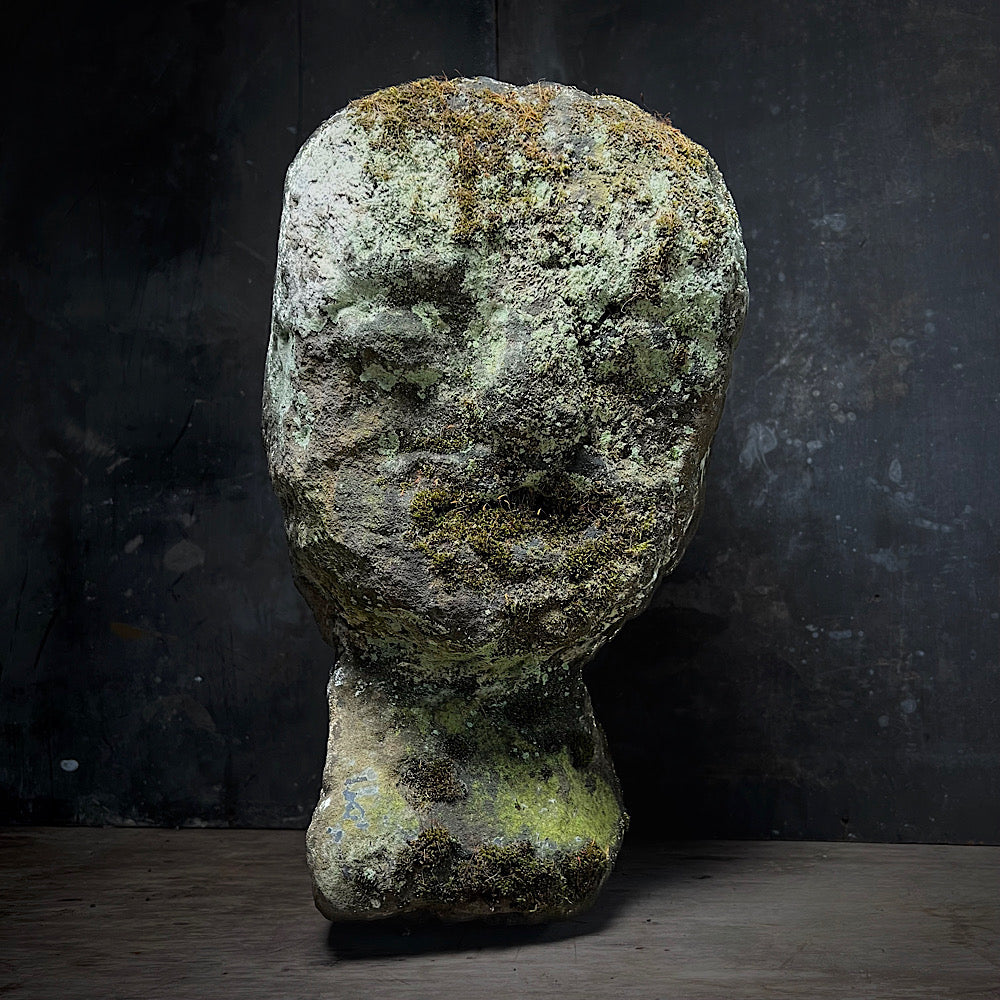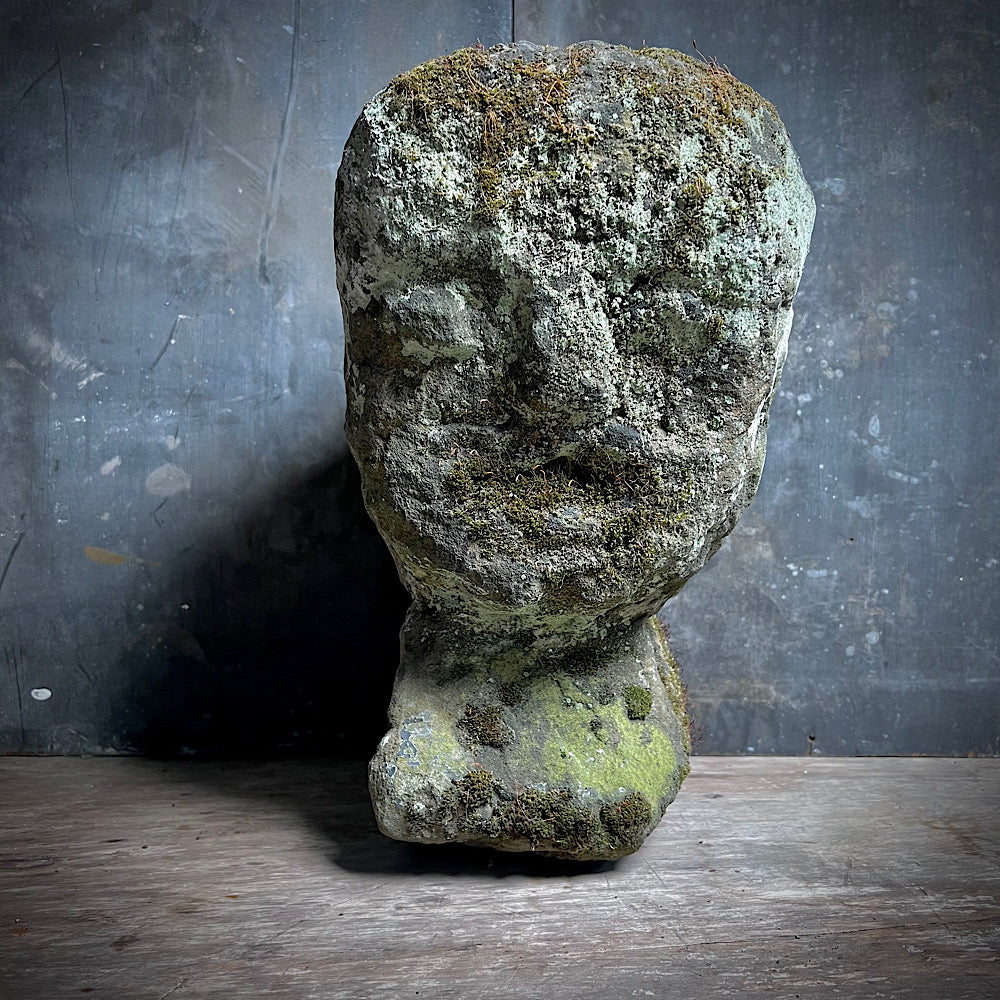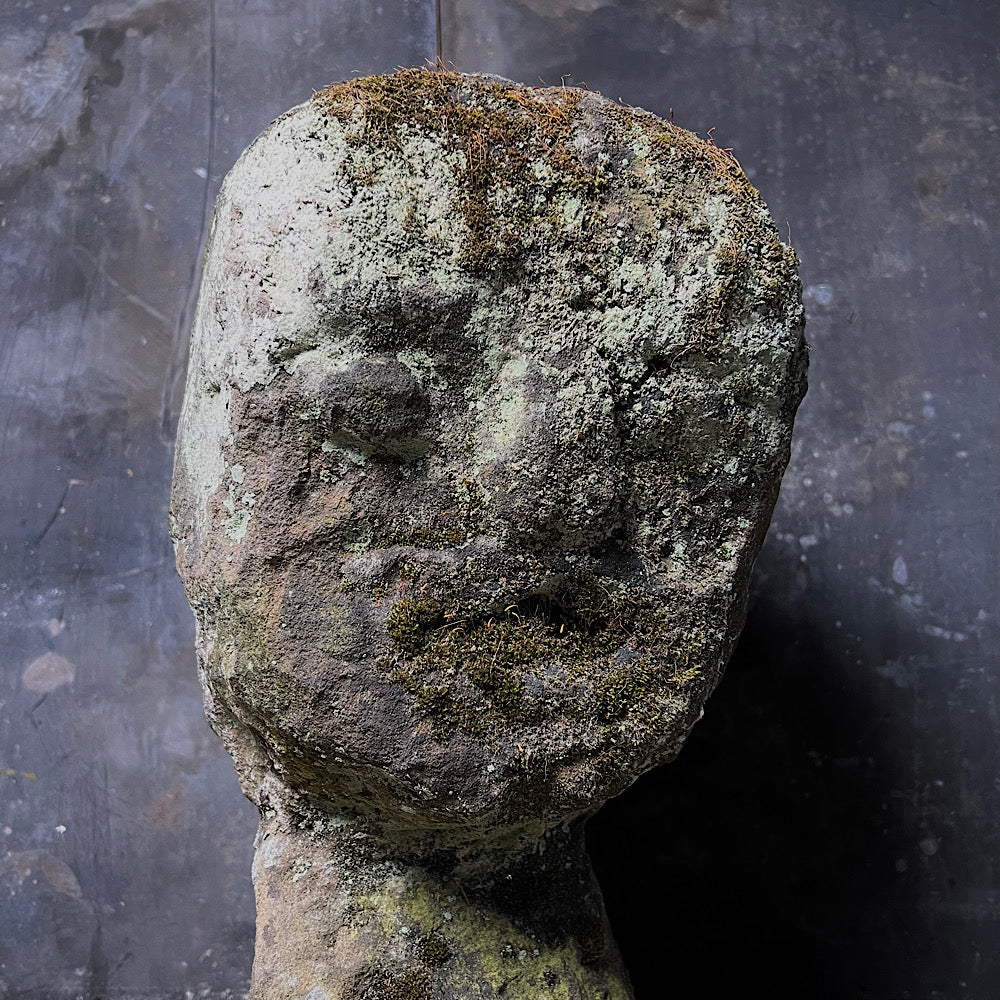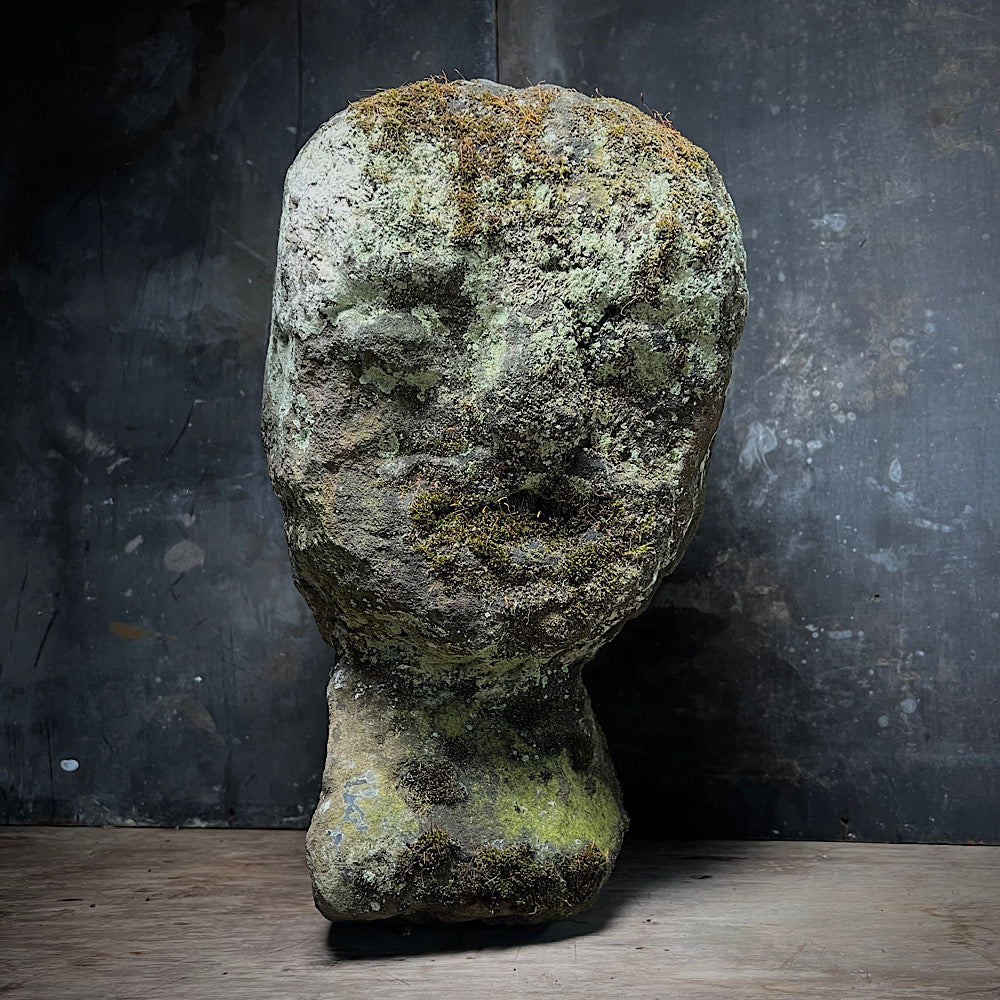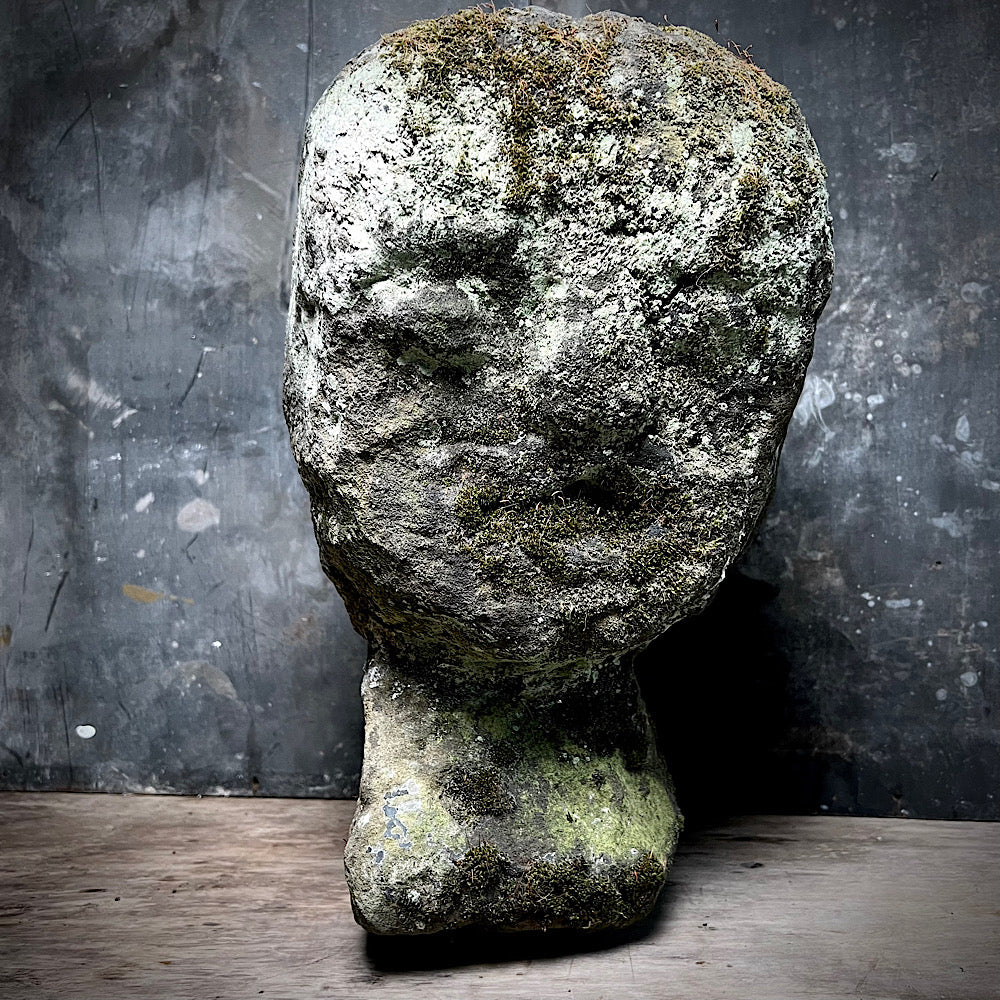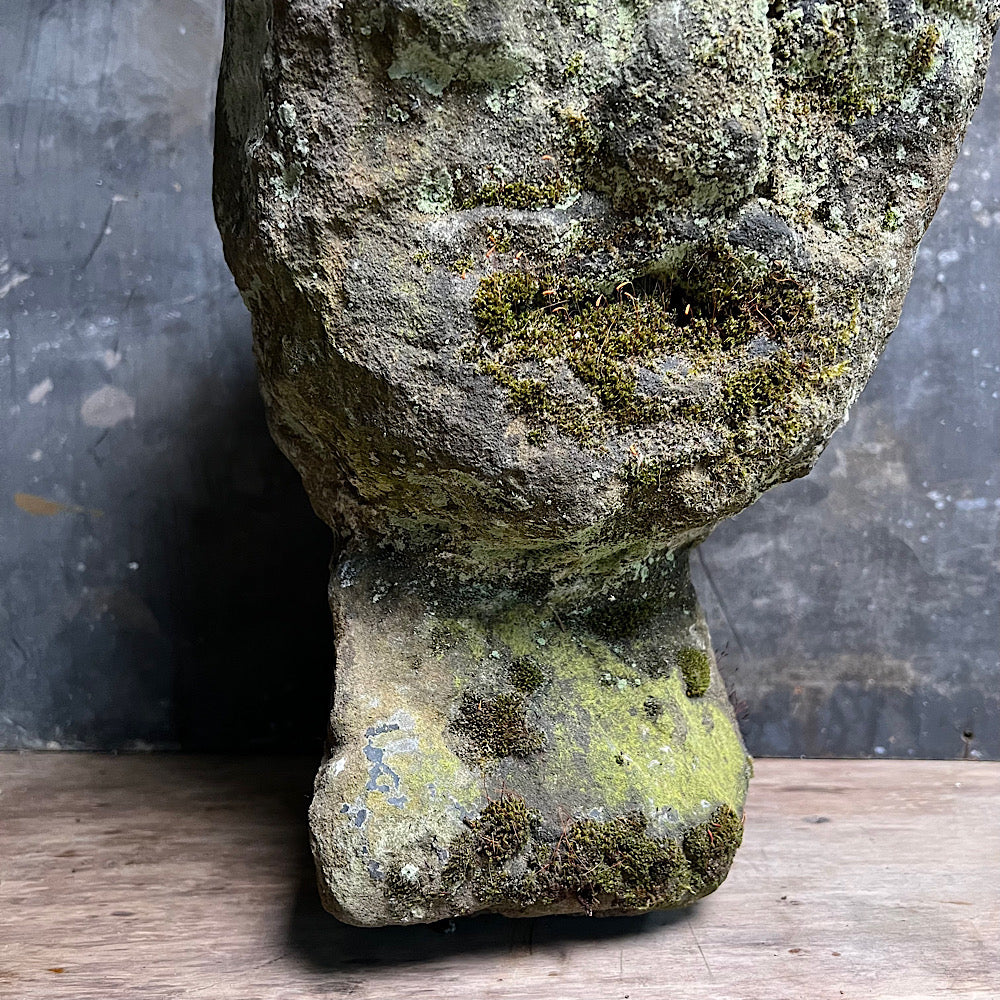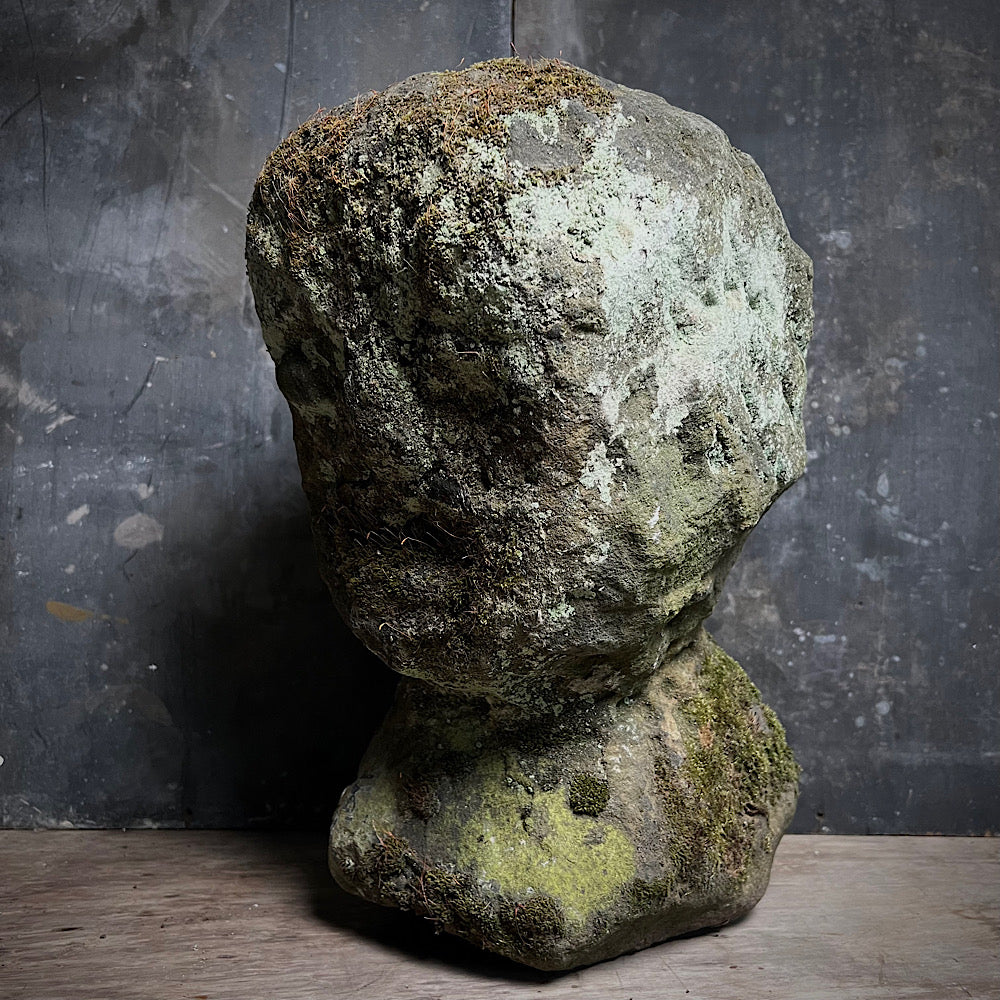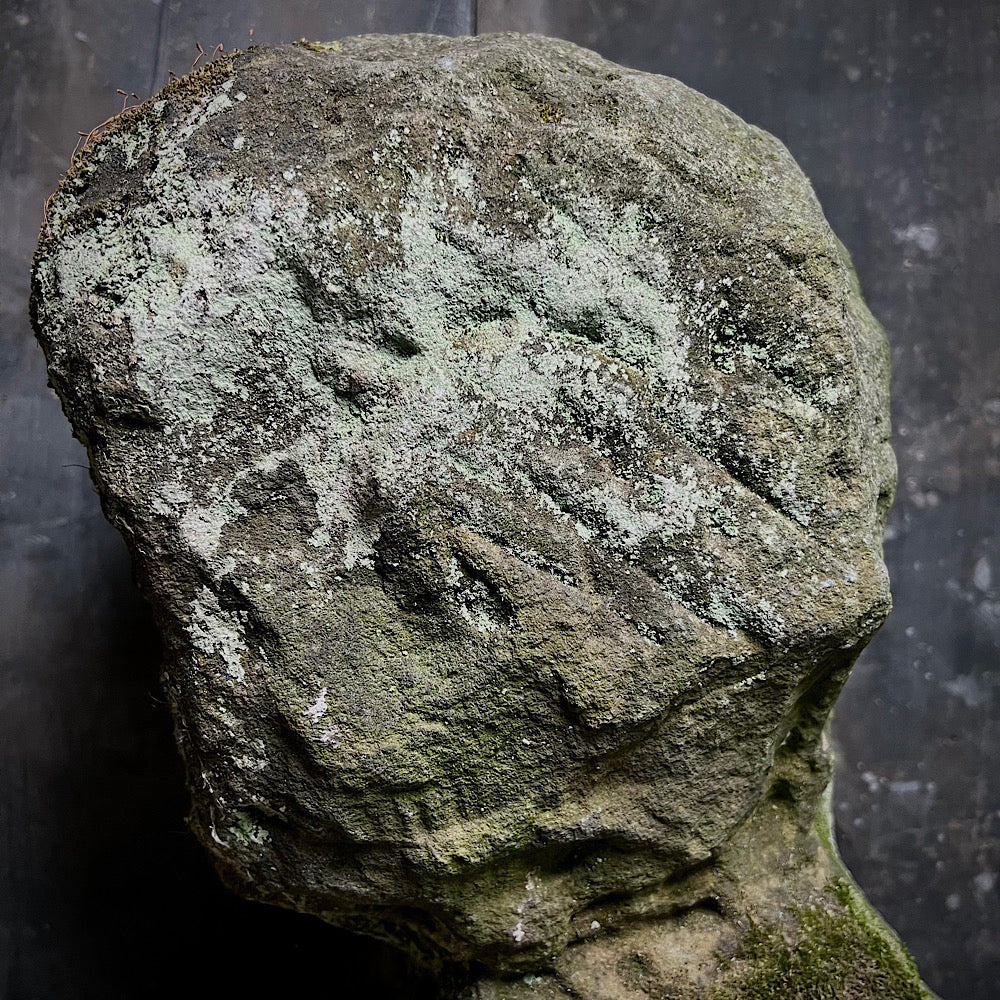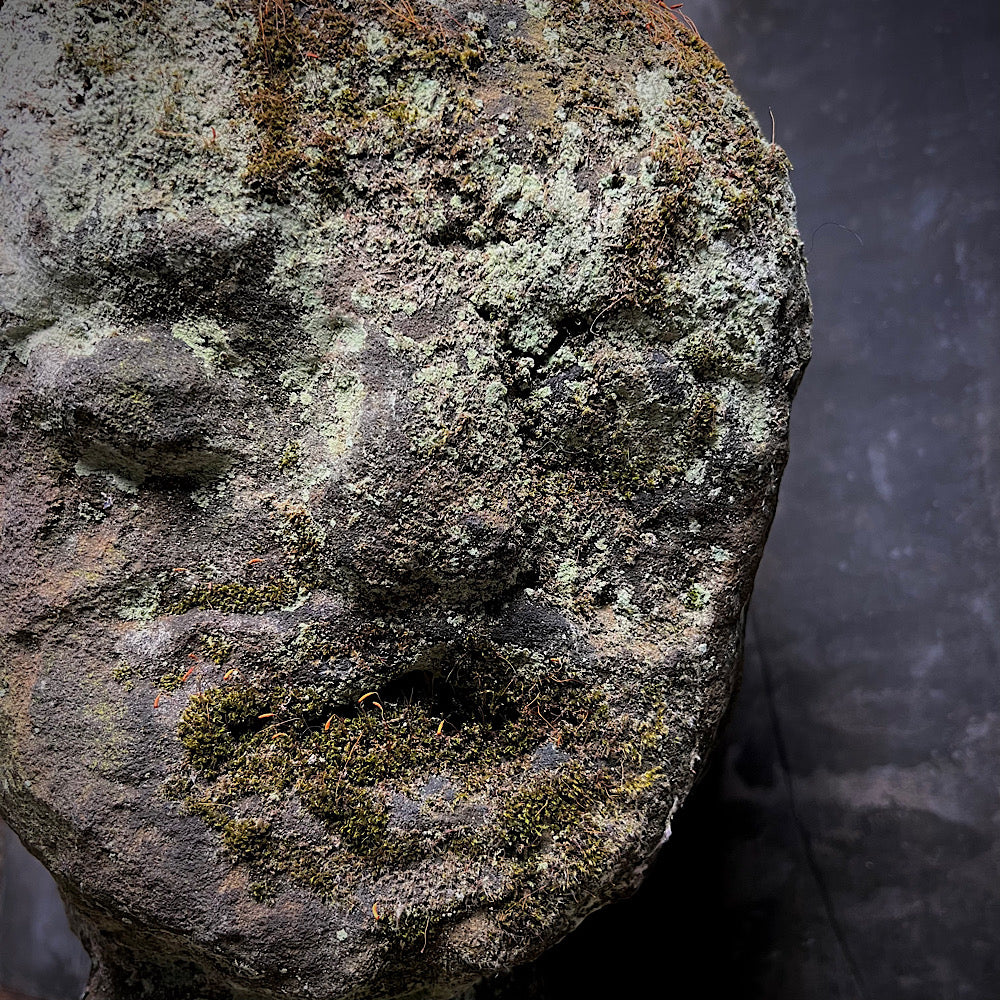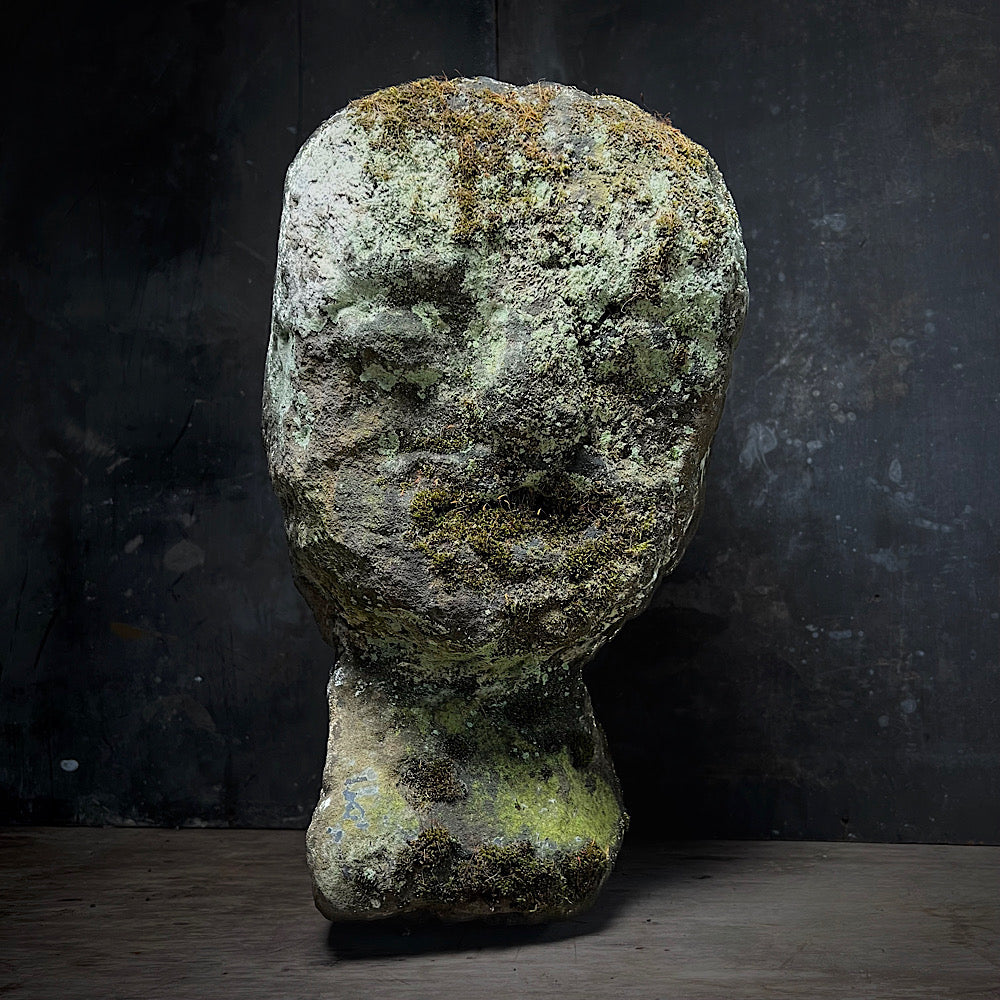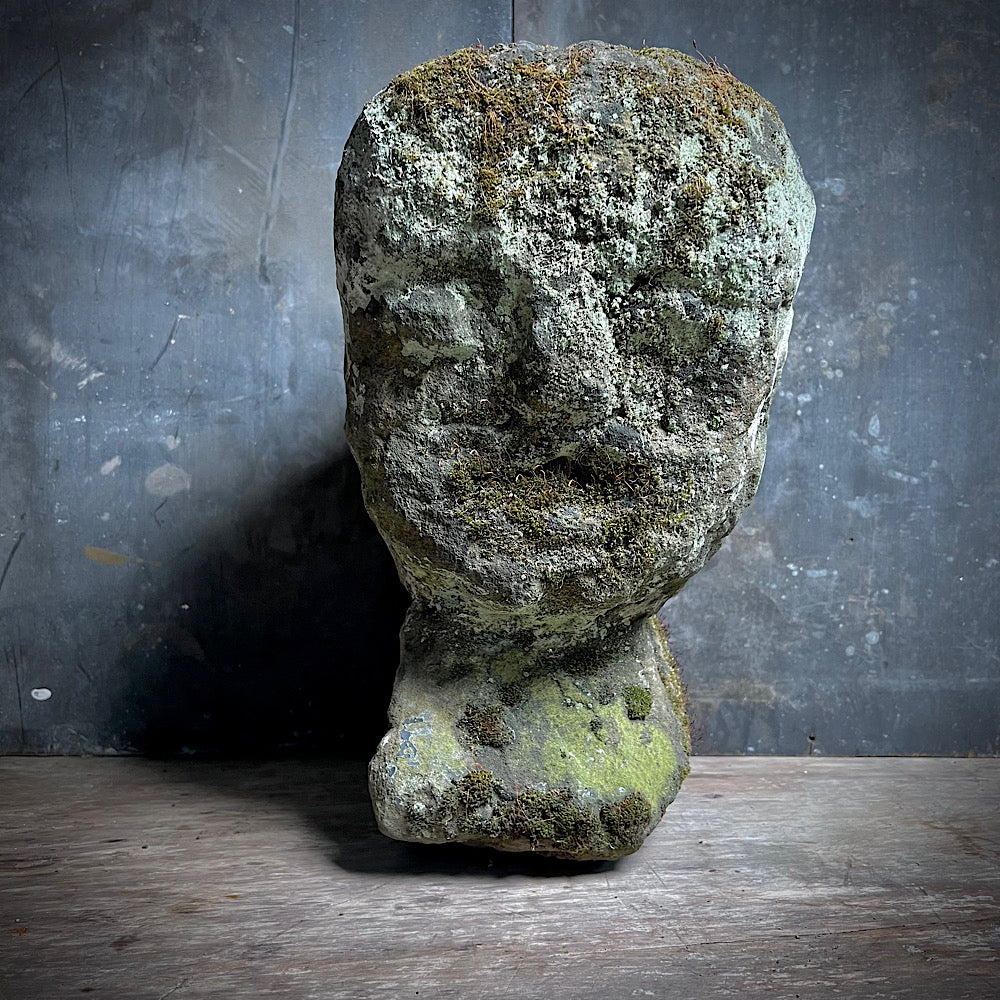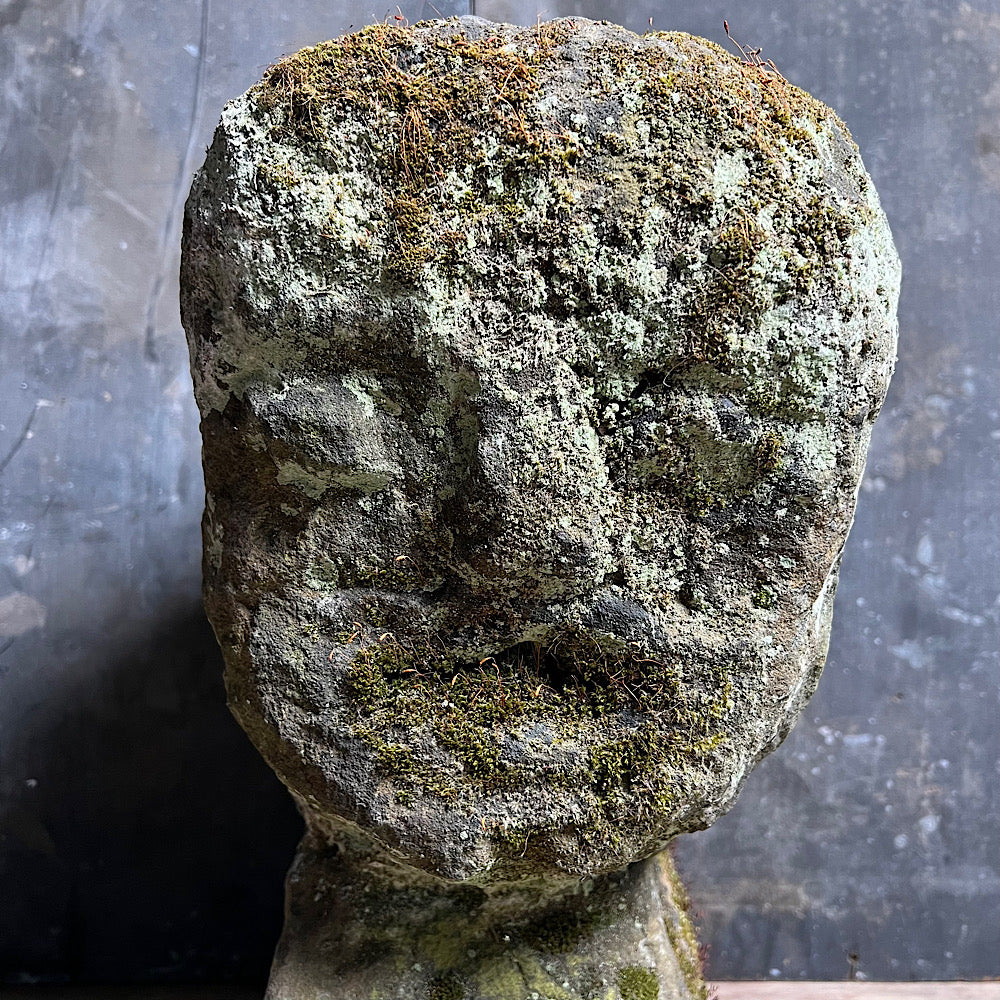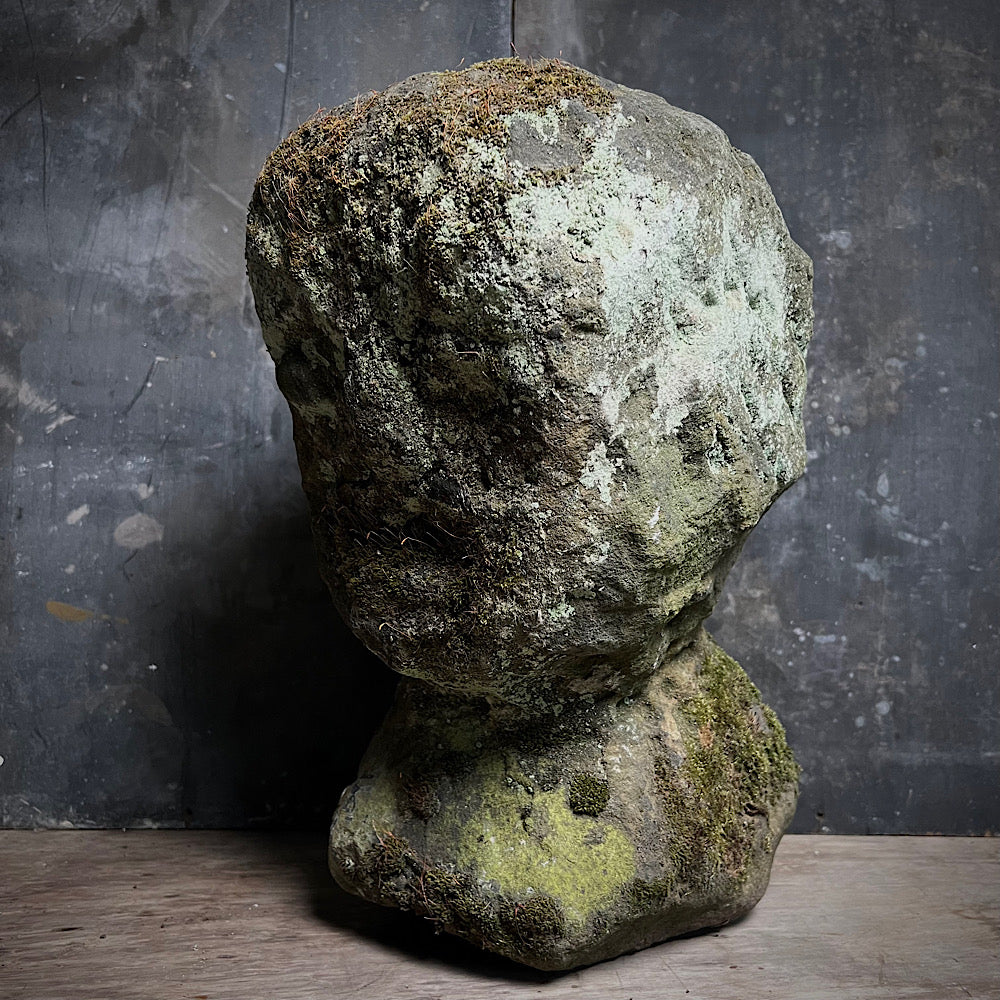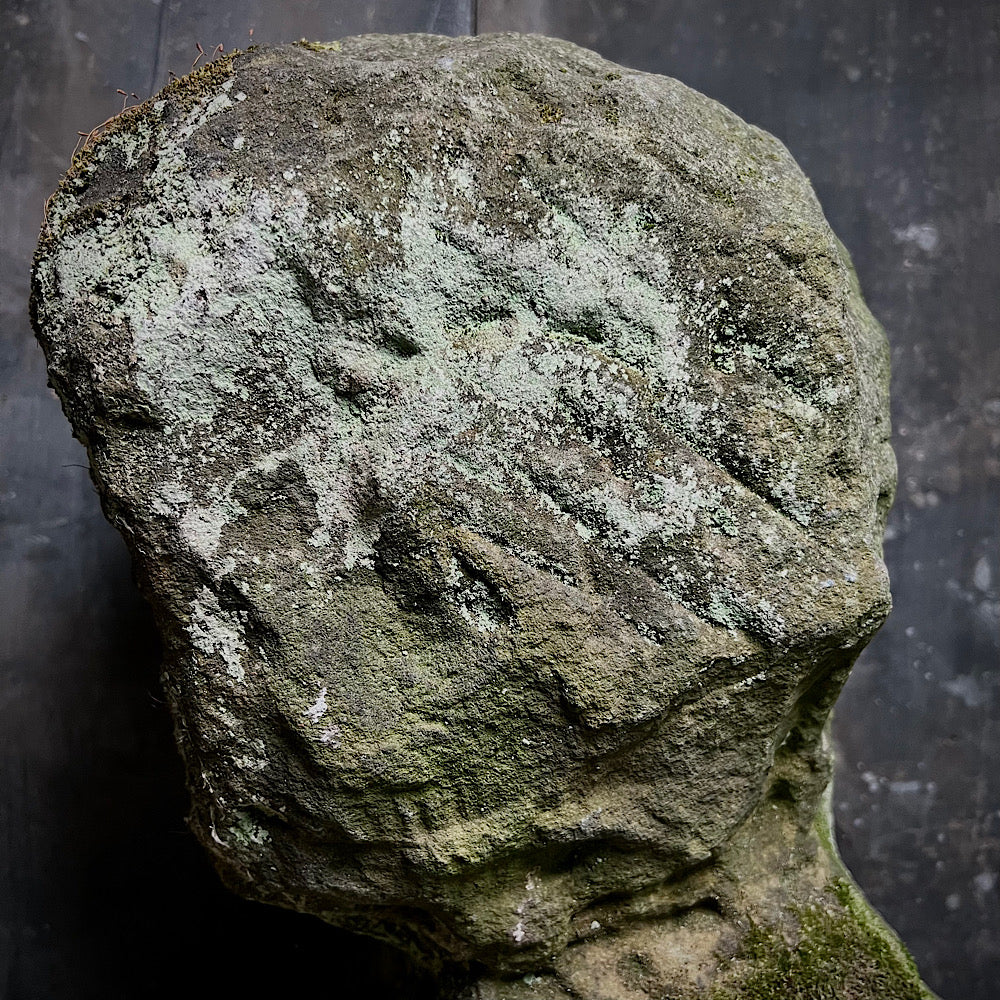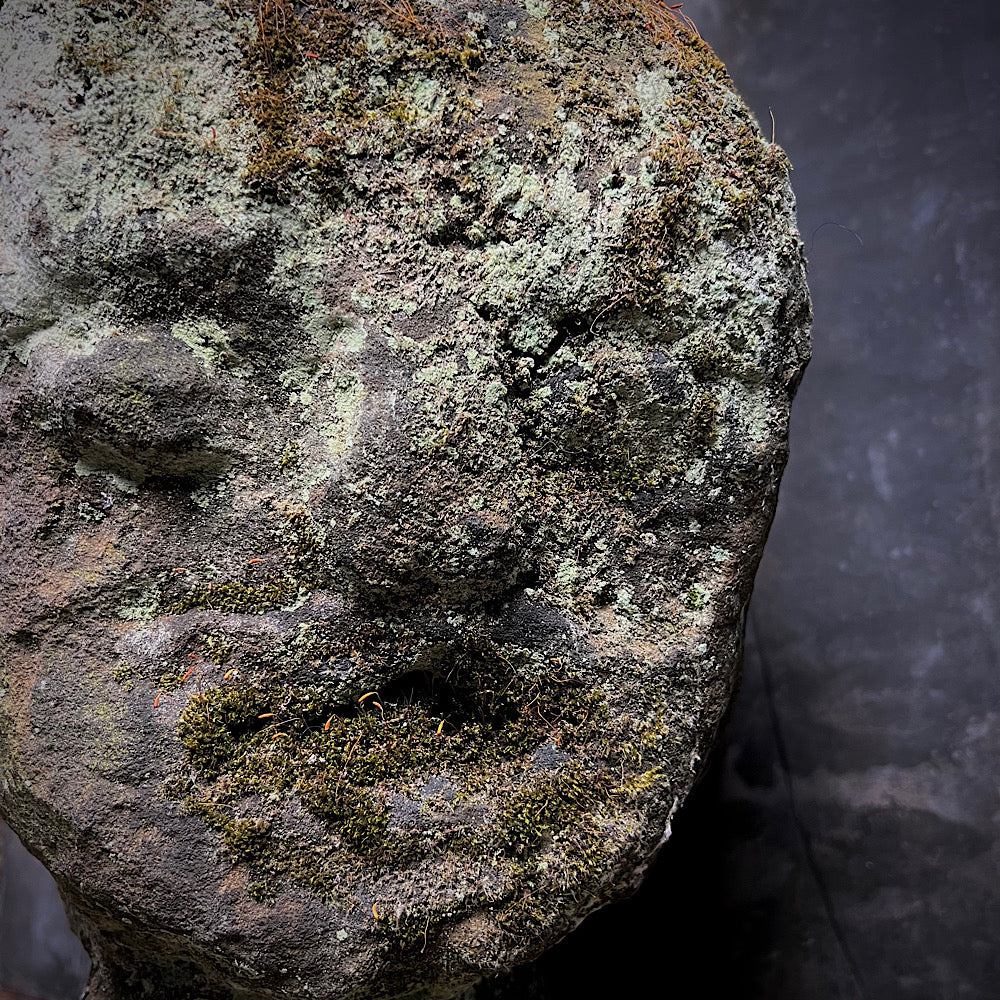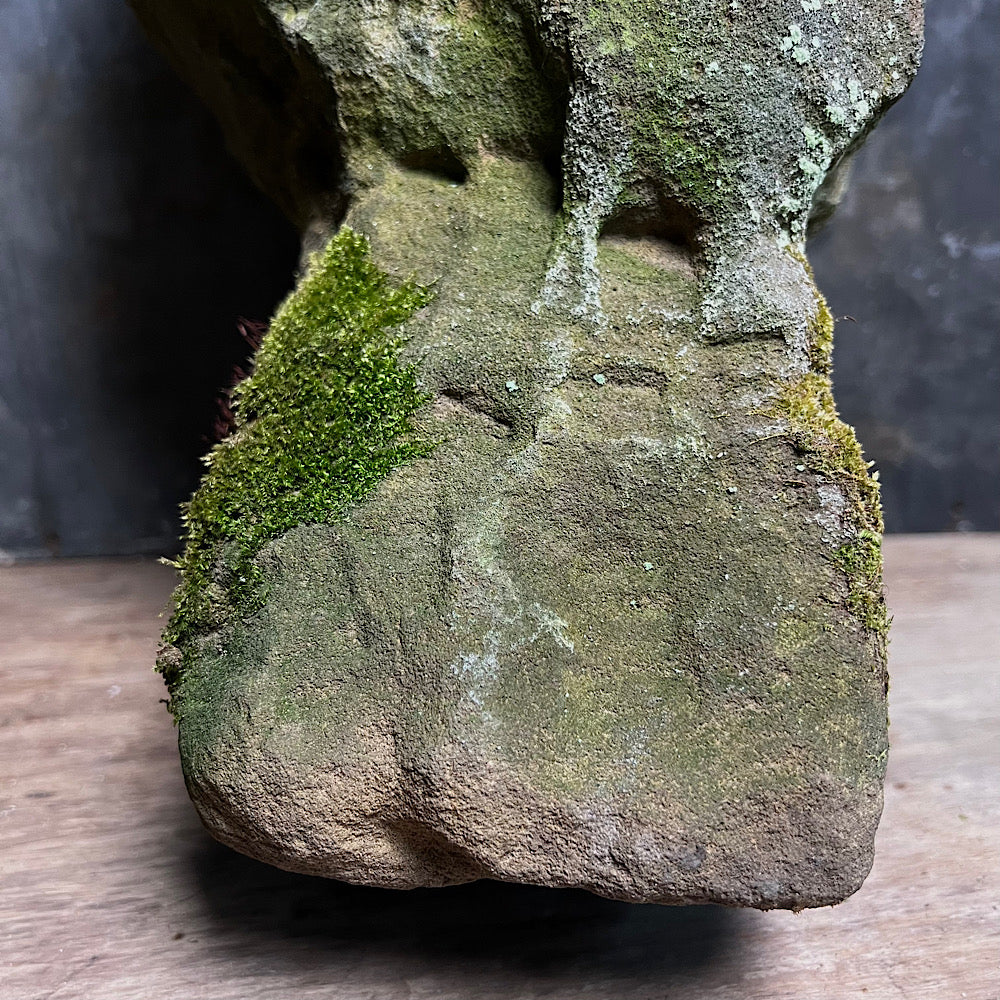Celtic Stone Head
SKU: 2Q47N
Couldn't load collection availability
Free UK Mainland Delivery
Free UK Mainland Delivery
For all items we offer free UK Mainland Delivery to your door. We also provide a personalised delivery service for specific days and more complex deliveries or item placements. However, advanced arrangements are required, as additional costs may apply.
International Purchases
International Purchases
At check out select ‘Pick up’ (do not select 'Ship') to enable purchase then contact us direct for your shipping quote. Contact us for a quote
International shipping
International shipping
International delivery, crating, shipping and insurance can be arranged and quoted for at your request. Additional costs will apply. Please contact us should you require our assistance with this service. Alternatively select ‘Pick up’ at checkout to collect the item yourself with your own Shipping Agent from our UK showroom. Contact us for a quote
A rare Celtic stone head most likely pre-Roman with excellent provenance from a remarkable private English country house collection in North Yorkshire.
This incredible find was located at the site of a demolition of an ancient windmill near the Great North Road (later known as the A1).
This rare and evocative piece , while worn, still retains it’s features. The mouth is slightly open and was probably used as a site to place offerings or libations. Typically of early Celtic heads it is not capped with hair, unlike later Romano Celtic examples.
The Celtic period spanned the Iron Age from approximately 600 BC – 50 AD, 43 AD saw the first invasion of Britain by the Roman Empire.
The Celtic practice of head-hunting and collecting is well documented in contemporary accounts of the period. They were known to be infatuated with the “cult of the severed head”, a significant part of their religion and rituals. It is thought that the cult beliefs revolved around the notion that the heads paid homage to the guardian god of portals, the deity of beginnings and endings.
Even though we don’t entirely understand this practice, it is clear from evidence that Human decapitated heads were embalmed and set into niches next to stone heads such as this. The venerated head represented consciousness and wisdom, the most significant element in the human and divine image.
- Width: 23 cm (9.06″)
- Height: 41 cm (16.14″)
- Depth: 26 cm (10.24″)
